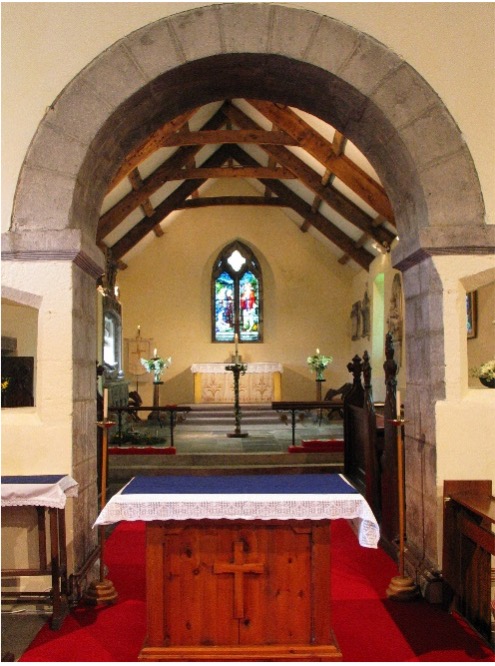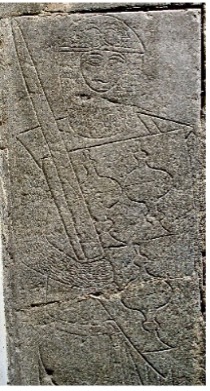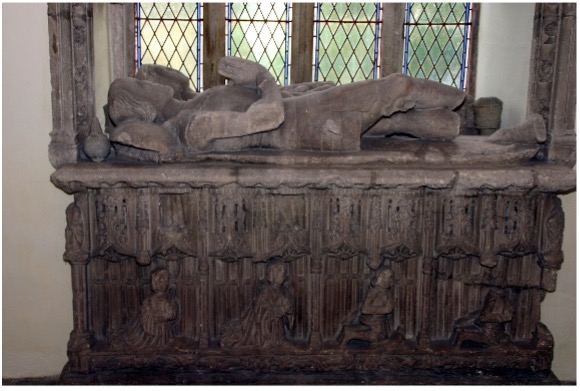St Brides Major - St Bridget

Local tradition has it that St Bridget, the abbess of Kildare, Ireland, visited the little valley in which the present village of St Brides Major stands on a pilgrimage in 500 AD through south Wales to Glastonbury. She is said to have founded a small Christian community here and built the first church.

The earliest written record of the church is in a charter of 1141 which says that Maurice de Londres, the lord of Ogmore, gave the church of St Bridget to the church of St Peter of Gloucester to be served by the monks of Ewenny Priory. By 1291 it seems that St Brides Major had its own vicar. The only surviving parts of the church from Norman times are the round chancel and north door arches; the nave, chancel and north porch were rebuilt in the 14th century and thoroughly restored in 1854, when the vestry was added. The substantial tower was built in the 15th century and houses a ring of six bells, installed in 1939 and replacing older bells.

Sir John le Botiler

John and Jane Butler

John and Jane Wyndham
The most interesting feature of St Bridget’s Church is its memorials in the chancel. The oldest, an incised sepulchral slab, is unfortunately hidden under the altar, but a full scale rubbing is on display. It is of Sir John le Botiler (Butler), who it is said was the cup-bearer or butler at Dunraven Castle who died in 1285. However, recent research indicates that he might be a later Sir John, originally from Llantwit Major, and cup-bearer to Hugh le Despenser, later becoming MP for Gloucester, who died in the early 14th century.
The later Butler family is commemorated by a tomb-chest in the chancel. Lying on the tomb are the figures on John Butler (died 1540), dressed in armour, and his wife Jane Bassett. On the side of the tomb are their four children, kneeling in prayer. Alongside is a monument to John Wyndham (died 1697) and his wife Jane (died 1698); they are depicted facing each other in a loving gaze. There are also later memorials to the Wyndham family of Dunraven.
In one of the hagioscopes or squints in the wall dividing the chancel from the nave is an early 16th century carving, said to be of St Bridget. The window between the chancel and the vestry has a representation of the St Bridget’s Cross in glass, installed in 1995. Behind the priest’s desk is the St Bridget’s Cross in reeds, made by the Mothers Union while on a pilgrimage to Kildare in 2011.
In the churchyard is a 16th century preaching cross. Local tradition says that the wear on the steps was the result of pilgrims kneeling in prayer. The base of a pilgrim’s cross can be seen on the hill above the church, next to the old Roman road of Heol-y-Milwr.
St Bridget’s Church is listed Grade II* ‘as a church retaining significant medieval fabric, the effigies and memorials being of exceptional interest’.
Ordnance Survey Grid Reference: SS 89413 75010
Post-code (for Sat Nav): CF32 0TB
what3words: souk.crises.asset
Times of services: Sundays 11.00am